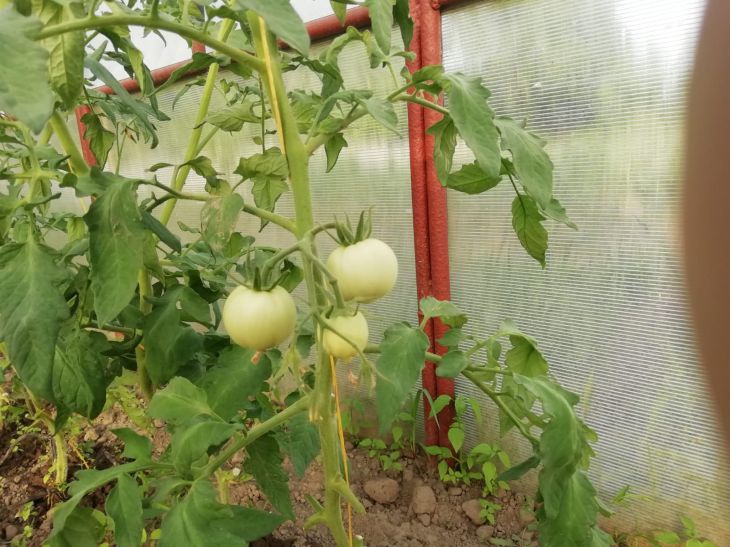Your tomatoes will be like new! Saving tomato seedlings affected by black leg
Black leg most often affects tomato seedlings. It is important to know how to prevent and treat infected plants, otherwise the insidious disease can leave you without a harvest.
Weak stems and brown spots: signs and causes of black leg
This disease is caused by a pathogenic fungus. It affects the neck of the seedling with rot, spreads quickly, leads to its death and infects everything around.
The pathogens live in the surface layers of the soil and feed on plant remains.
Under favorable conditions, the malicious army immediately goes on the offensive, and stopping it is extremely problematic.

You should look closely at the seedlings as often as possible so as not to miss the following signs:
- The stems become thinner and elongated.
- Their color changes: wet brown spots appear, which then turn black.
- The leaves curl and dry out.
- The tomatoes bend lower and lower and then break off.
The disease can affect both the upper part of tomatoes and their root system. There are several reasons for its occurrence:
- Infected seeds.
- Dense planting that traps moisture.
- Too much watering.
- There is no ventilation.
- A sharp change in temperature (by 5 degrees or more).
Black leg is not only caused by fungi. Sometimes it is provoked by bacteria. In this situation, it is almost impossible to overcome the disease! The main symptom of bacterial rot is the presence of transparent mucus at the site of the lesion.
Watering and spraying: methods of combating the disease
It is not so easy to overcome this insidious disease. The main thing for a favorable outcome is to notice the alarming signs in time and immediately begin to fight.
For treatment, I usually use Fitosporin. This natural remedy is made from beneficial bacteria that "eat" the fungus. Fitosporin is used to water the soil, treat the seeds, and spray the seedlings.
The diseased seedlings are also sprayed with a solution of copper sulfate and Bordeaux mixture. In the first case, 0.2 g of the preparation is dissolved in 1 liter of water, in the second case, 10 g of the preparation is taken per 10 liters of water.
The above fungicides in high concentrations can cause burns to tomatoes, so they should be used with caution.
Folk methods are also used to get rid of black leg. For example, ash is combined with copper sulfate at a rate of 200 g to 1 teaspoon. The mixture is sprinkled on the soil around the tomatoes.
Onion peels are used for their phytoncides. They destroy fungus and have a beneficial effect on the growth of tomatoes. To prepare a medicinal potion, 500 g of peels are poured with 2.5 liters of warm water and infused for a day. The resulting medicine is sprayed on seedlings and soil.
You can use a solution of potassium permanganate. It is used to water the soil and irrigate the stems.
It is important to remember that folk methods in the fight against bacterial black leg are ineffective!
Disinfect and calcine: disease prevention
Prevention is the main tool in the fight against the disease! And it should start with soil preparation.
The soil should be collected in the fall (but not in the place where the nightshades grew) and kept in the cold throughout the winter.
In the spring, before planting, the soil is placed in the oven and baked at 180 degrees for half an hour.
The seeds are disinfected in a saturated solution of potassium permanganate for about 30 minutes, then washed and allowed to dry.
If the disease has not passed by, the affected bush is liquidated with a lump of earth and 2-4 "neighbors". The vacated space is disinfected with potassium permanganate.
In addition, you should avoid over-watering the soil, transplant seedlings, fertilize moderately (excess nitrogen can cause the disease), and water the tomatoes with onion peel infusion from time to time.
Black leg is a disease that is difficult to treat. But if you notice it in time and take action, then a harvest of ripe, juicy tomatoes is guaranteed!
